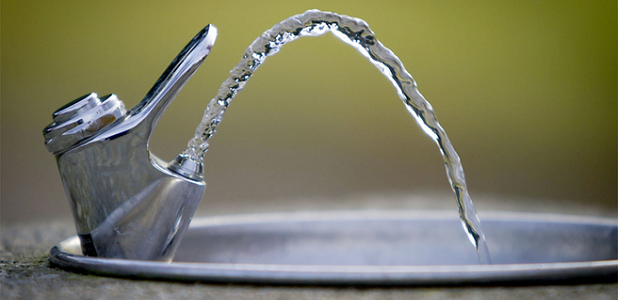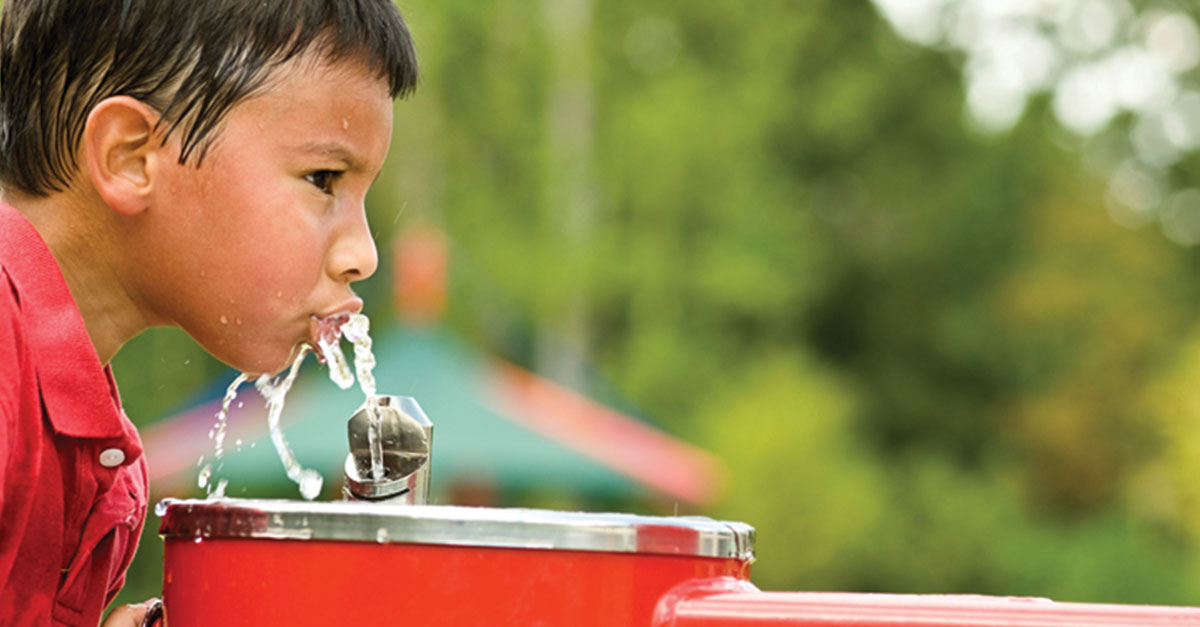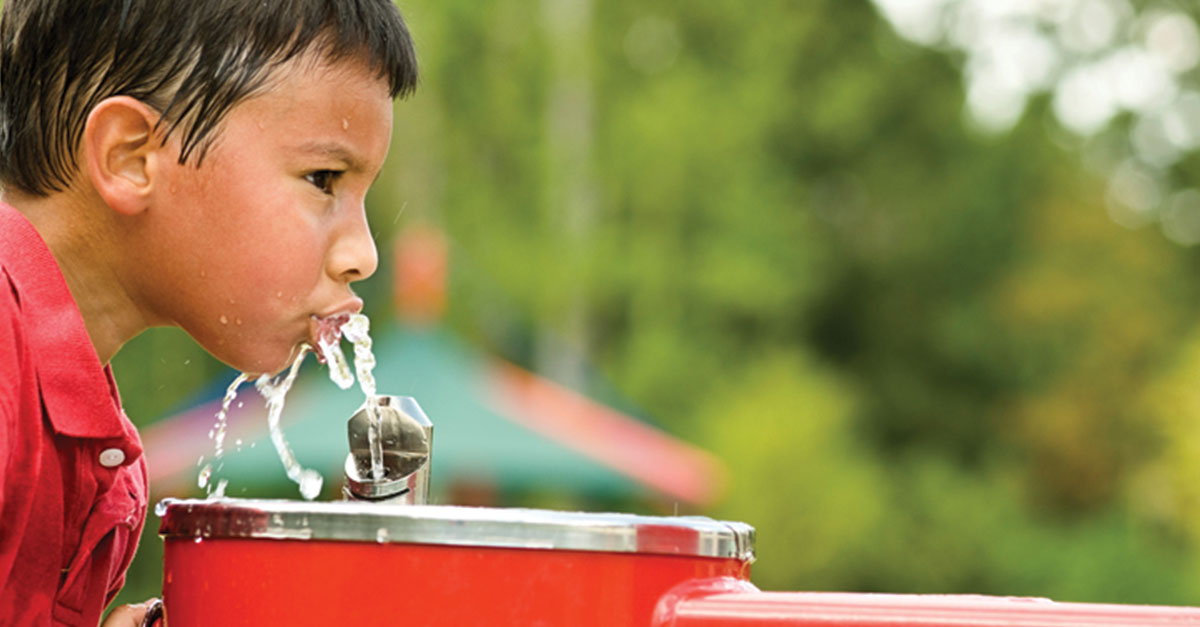A 2020 analysis by the California Public Interest Research Group (CALPIRG) Education Fund of more than 2,100 drinking fountains found that 1,300 California schools tested positive for lead during the prior three years, with the health problem encompassing more than half (53 percent) of the state’s school districts. While some progress has been made, a new report and interactive map from Environment American and U.S. Public Interest Research Group (PIRG) Education Fund further explores the issue.
Lead exposure can affect cognitive abilities and academic achievement, and exposure cannot be reversed and has a life-long impact. According to the American Academy of Pediatrics, more than 24 million children in America lose intelligence quotient (IQ) points due to exposure to even low levels of lead. Lead is typically found in older pipes, water fountains, faucets, solder and other plumbing fixtures. This is particularly true for schools built before 1986, when the Safe Drinking Water Act reduced the amount of lead content in water. Older pipes, too, can corrode and result in lead mixing into the water supply.
According to the Environmental Protection Agency, low levels of lead exposure in children have been linked to damage to the central and peripheral nervous system, learning disabilities, shorter stature, impaired hearing and impaired formation and function of blood cells.
“Even at low levels, lead damages how kids learn, grow, and behave,” according to the report. “Several studies link low lead levels with learning loss in children. In light of this alarming data, public health experts and agencies now agree: There is no safe level of lead for our children.”
California’s status
The interactive report map assigns a grade to each state; California earns a C despite a state law that required public water systems to test all public K–12 schools constructed prior to 2010 by July 1, 2019. The report refers to the law created by Assembly Bill 746 as a weak “test and fix” law that “only limits lead in schools’ water at the federal action level (currently 15 ppb). Moreover, schools are only required to test some taps, on a one-time basis, and no remediation is required if subsequent tests do not find lead above the action level.”
The report states that families are given an incomplete picture of lead contamination because California schools follow the EPA’s 3Ts guidance, which recommends disclosing test results above 5 ppb. The report also faults the law for only applying to schools built before 2010.
In better news, the report cites the promise of a new California law requiring at least some fixtures (e.g., faucets) meet the stringent less than 1 ppb standard, and the replacement of lead service lines.
California has also instituted the Drinking Water for Schools Grant Program for the purpose of improving access to, and the quality of, drinking water in public schools. Round 2 funding has been allocated to Self-Help Enterprises and the Rural Community Assistance Corporation for distribution and first priority will be given to school districts with impaired water quality. Maximum grant amounts are $100,000 for a single school and $1 million for a school district. More information, including technical assistance to complete the application, is available here.
Recommendations
The report offers several recommendations for states to enact to improve school drinking water quality, including not only focusing on taps where highly variable tests have confirmed the presence of lead.
Recommendations to prevent contamination at every school outlet used for drinking water or cooking, include:
- Replacing fountains with water stations that have filters certified to remove lead
- Installing, testing and maintaining filters certified to remove lead on all taps used for drinking or cooking
- Setting policies to ensure that schools are no longer using plumbing and fixtures that leach lead into water
- Adopting a 1 ppb limit for lead in schools’ drinking water, as recommended by the American Academy of Pediatrics
- Fully replacing all lead service lines, which are relatively rare at larger schools but more common at child care centers




